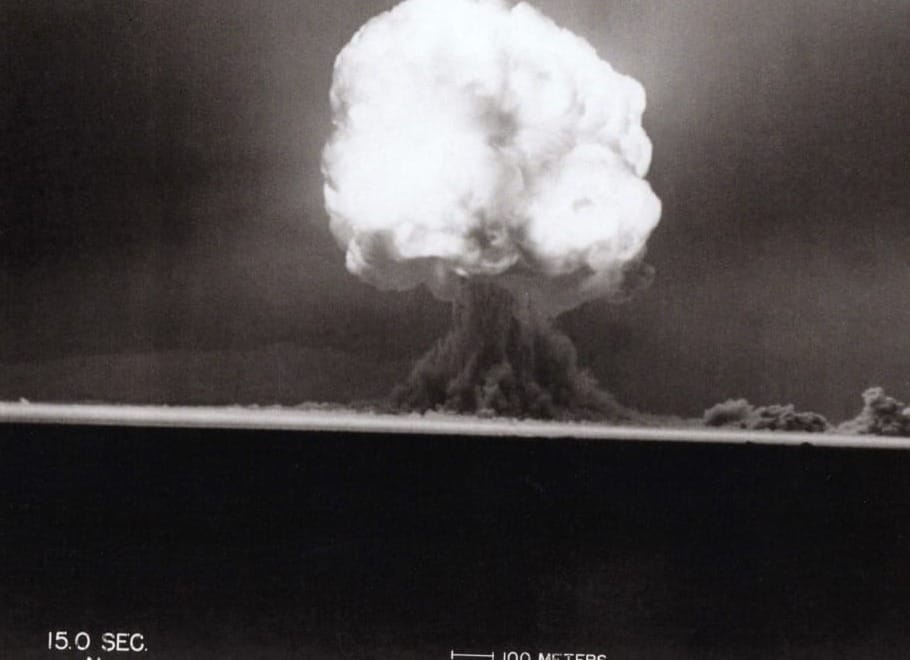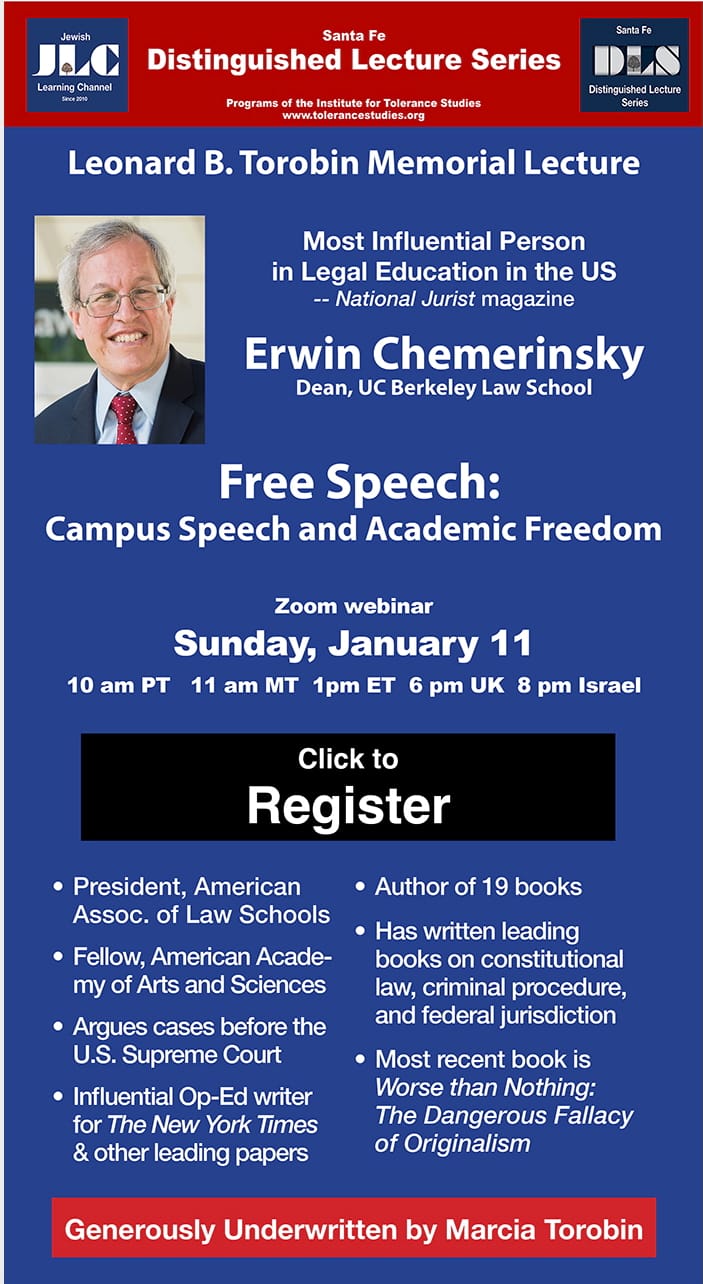The Jewishness of BARBENHEIMER!

By Nan Rubin
During the summer of 2023, we were flooded with promotions about two box office blockbuster movies—“Barbie” and “Oppenheimer”. Yes, the relentless yammer about “Barbenheimer” was inescapable.
At first glance, these films would appear to have nothing in common. But in fact, both of these films have powerful Jewish characters responsible for their stories. Most of the Robert Oppenheimer history is obvious, we will get to that shortly.
The Jewish story behind Barbie is not quite as well known. The Barbie doll was created by Ruth Handler, the 10th child of Ida and Jacob Moskowitz, refugees from the antisemitism of Poland.
Ruth married her high school sweetheart Elliot Handler, and together they established the Mattel Toy Company in their garage in 1949. She was named president of the company.
Ruth rejected the concept that girls only wanted to play with baby dolls. Her instinct told her that girls would play with dolls that could let them imagine what they might be when they grew up. Her breakthrough idea was inspired by a doll she saw in Europe, and she worked for three years to design an adult doll that would be independent, sexy and glamorous. Not only that, OMG! The doll had breasts! Ruth named the doll Barbie after her own daughter Barbara.
Barbie hit the toy markets in 1959. The men who merchandised toys were horrified, and the doll had a slow start. But after Mattel began advertising it on the Mickey Mouse Club as a doll to help girls dream, Barbie took off. Since then, with a few ups and downs, the doll has been an international blockbuster. Billions have been sold.
Barbie has been everything from an astronaut to a zookeeper, and by all accounts, she has truly met Ruth Handler’s vision by inspiring girls all around the world to strive for and accomplish their own personal and professional independence.
The woman behind this phenomenon was a bold iconoclast and visionary, and as president of the Mattel Toy Company, Ruth Handler was a tough executive and an uncompromising figure in a field with virtually no women. She was a disruptive force who transformed popular culture and inspired the lives of countless Jewish girls. Her Jewish spirit stands behind every Barbie doll.
J. Robert Oppenheimer was another forceful personality who transformed the world. Also the son of Jewish immigrants, he was raised in a secular Jewish household. Although he seemed indifferent to Judaism, he could not escape his Jewish identity.
His brilliance as a physicist is undisputed, and his leadership of the Manhattan Project, tasked with producing the first atomic bomb, is revered. However, despite his many accomplishments, his Jewish background made him an easy target for overt hostility and very public antisemitism.
Even so, it was in part his Jewish ethics which led him to believe it was not enough merely to repair the world. No, for him it was his obligation literally to save the world from destruction by his own terrible gadget. It was these Jewish morals that eventually led to his downfall.
Now again, we’re seeing a rapid rise of antisemitic language, attacks on buildings, and genuine threats of violence. The national mood against Jews is both scary and depressing. Deborah Lipstadt, famous for challenging Holocaust deniers, says that fighting antisemitism requires a shift in perspective. “Instead of giving power to the haters, it should come from a positive place.” She goes on to say, “we need a moment to renew our spirit and embrace our Jewish identity and Jewish traditions.”
Regardless of their flaws, Ruth Handler and Robert Oppenheimer were both transformative individuals formed by their own unique Jewish identities. To fight antisemitism (and maybe also change the world), each of us can also strive to do the same.
❖ ❖ ❖

No New Mexicans!
For us here, it is important to note that the Oppenheimer story is told in a New Mexico with no New Mexicans, yet local labor was critical to the success of the project. A local journalist wrote that for the 100 scientists working in Los Alamos, they needed 1000 local workers to help with building, maintaining, and supporting the daily activities of the families living at the secret lab.
Hundreds of local farming and ranching families had their lands confiscated by the government, and deprived of their traditional livelihood, many of these family members went to work at the lab. Moreover, those families living in the region of White Sands Missile Range near the Trinity test site were never warned about the impending explosion, despite the fact the dangers of exposure to nuclear radiation were already well known. Because of the test, these local residents, along with their water, crops and farm animals, were directly exposed to nuclear fallout. Since then, many of these families have suffered with three and four generations of cancer, with no government recognition.
The high visibility of the Oppenheimer film was a perfect opportunity for the Tularosa Basin Downwinder Consortium to educate people around the country about the broad impact of the Trinity test among New Mexicans and the need for government compensation, and they used the summer to lobby Congress for inclusion in the Radiation Exposure Compensation Act, which addresses the victims of aboveground nuclear testing in Arizona, Utah, Nevada, and Colorado, but leaves out New Mexico. Though unsuccessful, this time around they almost made it into the bill, and their efforts will continue.
❖ ❖ ❖
COMMUNITY SUPPORTERS OF THE NEW MEXICO JEWISH JOURNAL
Jewish Community Foundation of New Mexico
Congregation Albert
Temple Beth Shalom
Jewish Community Center of Greater Albuquerque
The Institute for Tolerance Studies
Shabbat with Friends: Recapturing Together the Joy of Shabbat
Copyright © 2024-2025 New Mexico Jewish Journal LLC. All rights reserved.

















